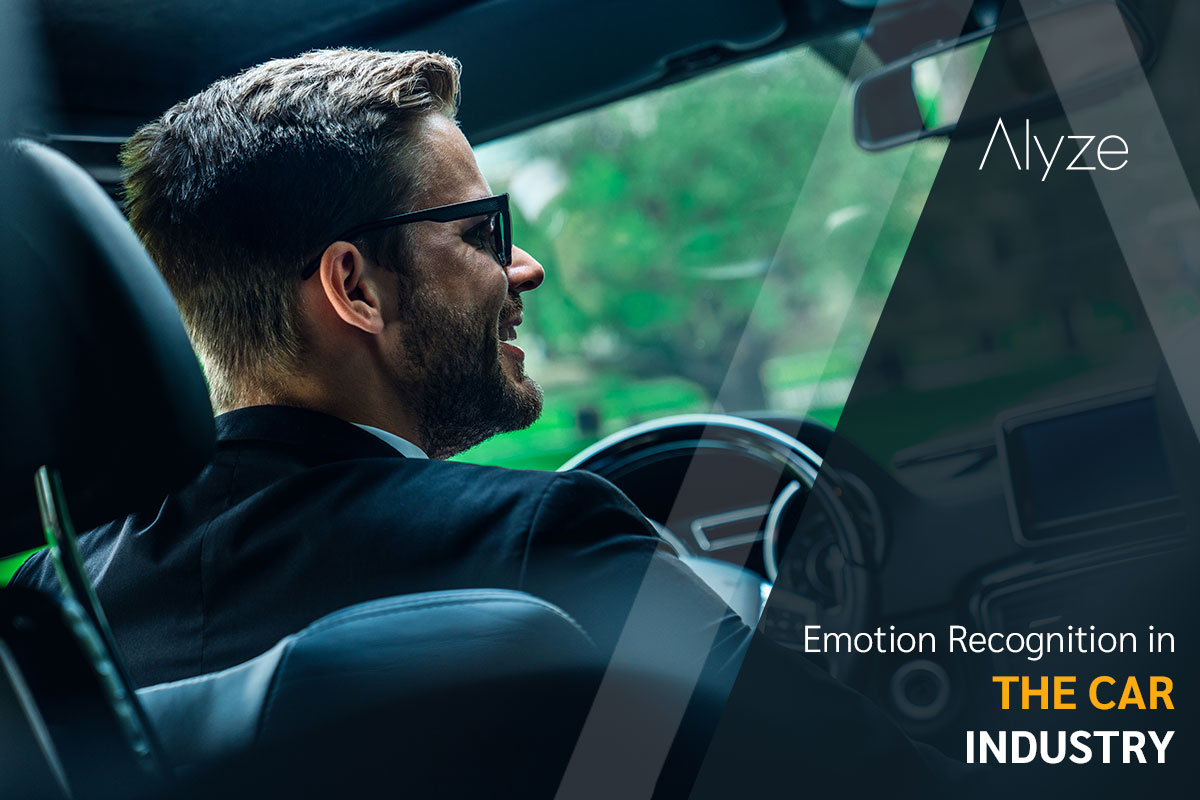
From Fatigue Detection to Personalized Assistance: The Role of Emotion Recognition in the Car Industry
- 1.Tackle driver fatigue
- 2.Enhance the driving experience
- 3.Which brands are using emotion recognition technology today?
- 4.Takeaway
The use of emotion recognition technology with facial expressions is becoming increasingly prevalent in various industries, including the automotive sector.
With all those car sensors, why not have some analyzing the driver's emotions to provide a more personalized and safer driving experience?
The car can adjust its responses to match the driver's mood and has the potential to transform the way we interact with cars and improve the overall driving experience.
Tackle driver fatigue
One way emotion recognition technology can be used is to detect driver fatigue.
Driving while tired is a major risk factor for accidents, and fatigue can be difficult to detect from outward signs alone.
However, by analyzing facial expressions, emotion recognition software can detect signs of fatigue such as drooping eyelids and a slack jaw. Once the system detects signs of fatigue, it can alert the driver to take a break or even take control of the car to avoid an accident.
Enhance the driving experience
Why not make the driving experience more enjoyable?
Imagine if your car's voice assistant recognized your emotions and adjusted its responses accordingly. If you're feeling stressed, it could play calming music or suggest a relaxing route to your destination. If you're feeling happy and energetic, it could suggest a more scenic route or play upbeat music.
This personalized experience could make driving more fun and engaging.
A study analyzing the feedback from German and Chinese drivers confirms that there’s a demand for emotional automotive interaction. More research could help create emotional interfaces adapted to the cultural differences of each nation.
What about the passengers?
Think about ride-sharing services, where drivers may need to quickly adjust their behavior based on the needs and moods of their passengers. For example, if a passenger is feeling anxious, the driver could adjust the temperature or lighting to create a more calming environment.
Which brands are using emotion recognition technology today?
In a unique pilot study, the Fraunhofer Institute in Rostock, Munich Technical University, and Mercedes Customer Research collaborated to scientifically analyze the driving pleasure experienced by motorists.
The study involved testing various methods for measuring drivers' emotions and determining what drivers feel and which aspects affect driving pleasure using voice analysis, facial expression recognition, and psychological questioning.
The drivers had a joyful smile on their faces more often and for longer when driving the new C-Class than the Mercedes-Benz 190 E, with the difference in this "driving pleasure factor" varying by up to 48% from person to person. Two modern emotion-research methods proved extremely practical for measuring driving pleasure: facial expression recognition and voice analysis.
The car brand Abarth has partnered with Loughborough University to trial facial recognition technology to understand the emotions experienced by drivers and passengers in its cars. Participants drove Abarth F595, 595 Esseesse, and 595 Competizione vehicles through various driving challenges, and emotions including happiness, excitement, and fear were measured using state-of-the-art facial recognition technology alongside heart rate sensors.
The results showed that happiness was the most prominent emotion experienced, followed by short bursts of fear and shock during hot laps. This data backs up the company's belief that their products bring joy to drivers and passengers, according to their UK Managing Director.
Takeaway
While emotion recognition technology is still in its early stages, it has the potential to revolutionize the driving experience and improve road safety.
By detecting signs of fatigue, adjusting the car's settings based on the driver's and passengers' emotions, and creating a more personalized experience, emotion recognition technology can make driving more enjoyable and safer for everyone on the road.
If you want to learn more about this technology, try out our platform Alyze, and see how it works on your brand’s content.